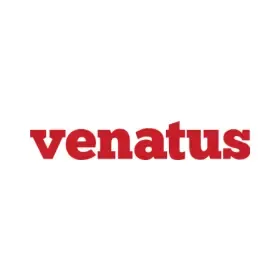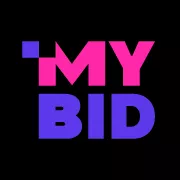10 Best Programmatic Advertising Platforms
-
 By Editorial Staff
By Editorial Staff
-
26 March 23
Programmatic Advertising is the use of software for digital marketing to buy target audiences instead of any particular ad space, like buying inventory on a website that serves a particular demography instead of buying a primetime slot in media space hoping to reach the target audience. It aims to better optimize & improve the quality of Ads. Moreover, as human labor reduces, one gets more time to plan other things efficiently. DSP: Demand Side Platform is a management software that enables automatic buying & selling of advertising. Here, we discuss the popular programmatic DSP platforms.
Summary
- How to Choose the Right Programmatic Advertising Platform?
-
10 Best Programmatic Advertising Platforms
- 1. Basis by Centro
- 2. The Trade Desk
- 3. Google Doubleclick
- 4. MediaMath
- 5. Stack Adapt
- 6. DataXu
- 7. Appnexus
- 8. Rubicon Project
- 9. LinkedIn Ads
- 10. Choozle
How to Choose the Right Programmatic Advertising Platform?
- Inventory Size - Numbers do matter. The larger size of inventories & more advertisers ensures better performance.
- Reputation - Customer feedback and testimonials are a great pointer to how the Ad network is doing in the market.
- Performance - A/B split testing will help form a clearer idea of the possible analytic data of the actual Ad on the particular Ad.
- Technology - Factors like how much the Ad network is using AI or Machine learning in its algorithms, how much approximations it is doing with the analytical data, and how user-friendly the UI is that shows the analytics.
- Supported Formats - It makes sense to go with a network that offers multiple ways of displaying Ads.
- Customer Service - It is important to choose an Ad network with good Customer Support because it takes firms a bit of time to get acquainted with the software & or the working process of the ad network.
10 Best Programmatic Advertising Platforms
Check out the best programmatic advertising platforms here.
1. Basis by Centro

Centro is a global provider of advertising technology. Centro's Basis is a digital media platform that facilitates planning, activation, reporting, and billing reconciliation for all channels, ad units, and buying tactics through a single interface. It enhances programmatic advertising capabilities for native and digital audio that push marketers toward complete automation for all media buying and execution.
Features:
- Automate direct buying workflow with any vendor for all ad formats.
- Access global supply via programmatic buying on major ad exchanges.
- Host and manage native ad creative.
- Transcode audio files to simplify ad serving.
- Automate inbound reporting from major search and social media vendors.
- Improve decision-making with data from all channels for a complete picture of digital investment.
Pro Tip: The complicated UI is unconventional & difficult to learn. But the support personnel is adept in service & always readily available to help.
2. The Trade Desk

One of the most well-known DSPs in the world, mainly as a powerful programmatic buying tool. It works with a variety of partners across the industry and handles cross-channel buying very well, hence making it easy for traders to use their DSP as a one-stop shop versus having to log into multiple platforms for different things. Especially beneficial for small trading desks or startups with little bandwidth.
Features:
- Contact Database
- Email Marketing
- Event-Triggered Actions
- Multi-Campaign
Pro Tip: Settings are not always saved, which makes forecasting hard to navigate. Fixing this significant feature can improve the overall forecasting experience.
3. Google Doubleclick
Google Doubleclick Digital Marketing suite is a one-stop integrated solution that enables agencies and advertisers to create, manage & monitor marketing campaigns. Doubleclick Bid manager is a specialized DSP that offers advertisers a pool of ad exchanges with display, video, and mobile inventories, selling on an impression-by-impression basis in real time.
Features:
- connects to 100+ ad exchanges & 1billion websites.
- targeting options that are based on specific demographics, interests, and purchase intent by using Google's data.
- Full reporting of 35+ dimensions and 50 metrics for viewing the essential metrics of a campaign.
Pro Tip: Reporting & segmentation is a bit complicated, so reach out to the support staff before acting.
4. MediaMath

Erich Wasserman, Greg Williams, and Joe Zawadzki founded MediaMath in August 2007. Its Omnichannel programmatic marketing platform activates the predictive audience to enhance individual customer conversations, accesses Omnichannel media at scale to deliver relevance of context and message, closes the loop between measurement and optimization with machine learning, and leverages people in the business. MediaMath also provides professional services in the areas of programmatic strategy, optimization & analytics.
Features:
- Data Management and Activation: Data and media are housed together within one platform so marketers can accurately understand and instantly serve media against data to drive performance.
- Media Management: The centralized access to media including remnant, private direct deals, and premium placements on specific sites & through automated guaranteed deals streamlines workflow.
- Decisioning and Reporting: Their unique algorithm, "The Brain," uses advanced machine learning techniques to determine which impressions will best meet marketing goals.
- Professional Services: MediaMath's skilled teams ensure clients are fully maximizing the available technology.
- Integration of 3rd-Party Apps and Vendors: Through the Open Partner Marketplace, MediaMath strives to help marketers build the foundation of their unique practice by connecting them with relevant information and tools.
Pro Tip: Reporting lacks granularity and should be used mainly for branding.
5. Stack Adapt

Founded by Vitaly Pecherskiy & Yang Han on Jun 1, 2013, it is a top native advertising platform in the world. It joined Google ADX in 2016 as its native ad partner. This strengthened brands' delivery of quality mobile video content directly to target markets.
Features:
- Robust Dashboard.
- Self-serve or fully managed DSP solutions.
- Helpful support team which suggests campaign-specific different strategies and bids.
- Native ad mockup tool.
Pro Tip: It is best to do trial campaigns to check reporting ability, setups, etc., which are efficient but slow processes.
6. DataXu
Founded by Bruce Journey, Mike Baker, Sandro Catanzaro, and Willard Simmons in 2009 is a software company that uses data science to improve marketing. Their unique DSP technology, "Touchpoint," enhances performance.
Features:
- DataXu's OneView cross-device technology enables robust cross-device data management, media execution, and measurement.
- Cruise Control - a solution that offers a cross-device and cross-format portfolio management optimization tool.
- First and largest global buyer of private exchange Deal ID inventory: five Private Exchanges and over 500 premium publishers globally make their display, video, native, and audio inventory available to DataXu customers via Deal ID protocols.
- DataXu is the first self-serve TV buying platform that enables brands and agencies of all sizes to connect the dots between digital and TV, reaching custom audiences and accessing insights.
Pro Tip: Specializes in making optimization with a new campaign workflow but assigning creatives & deals takes a lot of time to load.
7. Appnexus
AppNexus is the world's largest independent digital ad exchange. This Programmable Platform enables traders to buy something based on the number of views automatically. Also offers real-time access to media buyers can acquire through live bidding and arrangements, enhancing a buyer's capability to reach their goals on the delivery, performance, and audience reach aspects.
Features:
- Controlled Programmable Bidding
- Bid Stream
- Impression Logs
- Segment Activation Services
- Viewable Performance Tools
- API Integration
- Custom connections with their existing and future third-party applications.
Pro Tip: APB (Appnexus Programmable Bidding) fetches good results during test campaigns, but the creative uploading process is too slow to handle.
8. Rubicon Project
Founded by Craig Roah, Duc Chau, Frank Addante & Julie Mattern on May 1, 2007. It is a top-grade advertising automation platform enabling premium publishers to transact advertising brands. Their innovative engineered products automate the buying and selling of advertising to connect buyers and sellers globally. One of the products is Advertising Automation Cloud which is one of the largest real-time cloud and Big Data computing systems in the world.
Features:
- 60,000+ app publishers
- 1 million+ websites
- 900,000 advertisers bid for publishers' inventory
- Ad Network Integration
- Ad Campaigns
- Ad Reporting & Analytics
Pro Tip: Despite its global presence, it lacks transparency & has limited reporting options.
9. LinkedIn Ads

LinkedIn is a global leader as a professional networking site that allows its members to create business connections, search for jobs, and find potential clients. It was founded on May 5, 2003, by Allen Blue, Eric Ly, Jean-Luc Vaillant, Konstantin Guericke & Reid Hoffman. In 2016 it launched programmatic for display ads allowing ad buyers to use their own data or LinkedIn's data to reach prospects within LinkedIn.
Features:
- Refined targeting up to 30,000 companies at once.
- Use 1st party data to accurately engage the audience.
- Highly visible ads
- Account Targeting
Pro Tip: Though the targeting options are wide, setting up tracking becomes difficult.
10. Choozle

It is a digital advertising software platform that strengthens programmatic advertising campaigns across display, video, mobile and other media from a single, intuitive interface.
Features:
- Choozle allows you to target potential "in-market" buyers by using over 60 data providers you can choose from.
- With Choozle, whether you already have a contact list, it's always beneficial to supplement your direct outreach with display ads through programmatic advertising.
- Remarketing: Choozle remarketing can be an addition to your Google Ads, Linkedin, and Facebook advertising efforts.
- Audience Matching: If you already have a list of contacts or companies, you can upload it to Choozle and match it with the IPs they have.
- Geofencing: This particular feature, in combination with the list of companies and job titles, can be used to serve ads to conferencegoers.
- Demographic Targeting: Refined targeting of clients depending on the age group.
Pro Tip: Reaching capabilities on availing the feature "audience matching" is low.
Check out the best programmatic advertising platforms that solve the problems for both publishers and advertising. It helps publishers maximize advertising revenue by auctioning ad spaces to millions of advertising worldwide and helps advertising expand reach and leverage data to target specific audiences.
| Recommended Software | Category | Why Choose? | Signup URL |
|---|---|---|---|
| Setupad | Website Monetization | High CPMs, On time payments | Signup here |
| Adsterra | Website Monetization | AdSense alternative, niche CPMs | Signup here |
| Beehiiv | Email Monetization | Additional revenue, High CPMs | Signup here |
| Semrush | SEO | High impact on SEO and traffic | Signup here |
| Frase.io | AI SEO | Affordable, Boosts SEO traffic | Signup here |
| WP Rocket | Speed Optimization | Affordable, Boosts Pagespeed | Signup here |
Blog FAQs

Editorial Staff at Publisher Growth is a team of blogging and AdTech experts adept at creating how-to, tutorials, listings, and reviews that can publishers run their online businesses in a better way.
View All PostsOur Editors’ Pick:
Browse these amazing publisher monetization tools handpicked by our team of editors






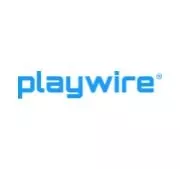






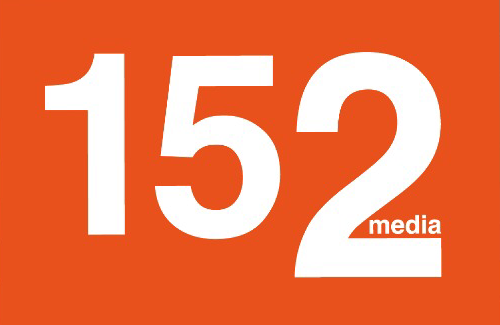
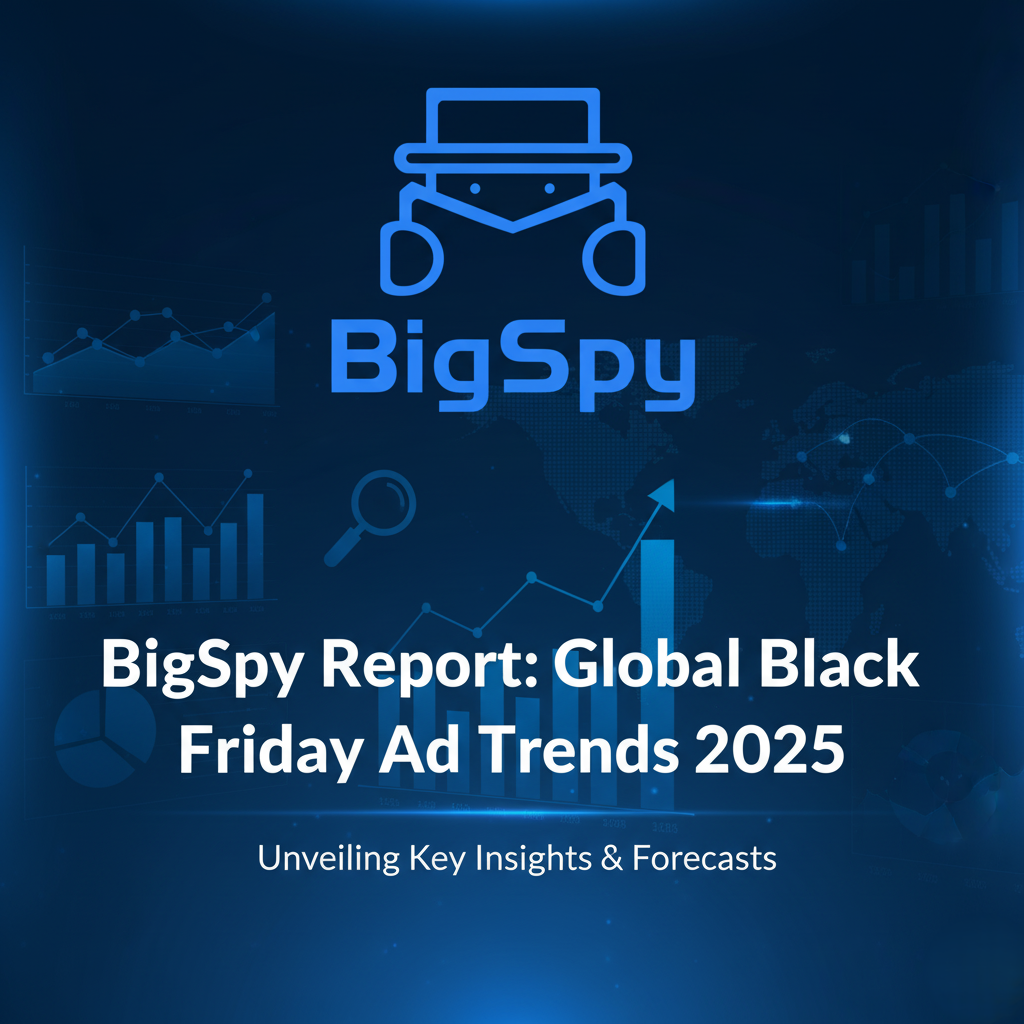
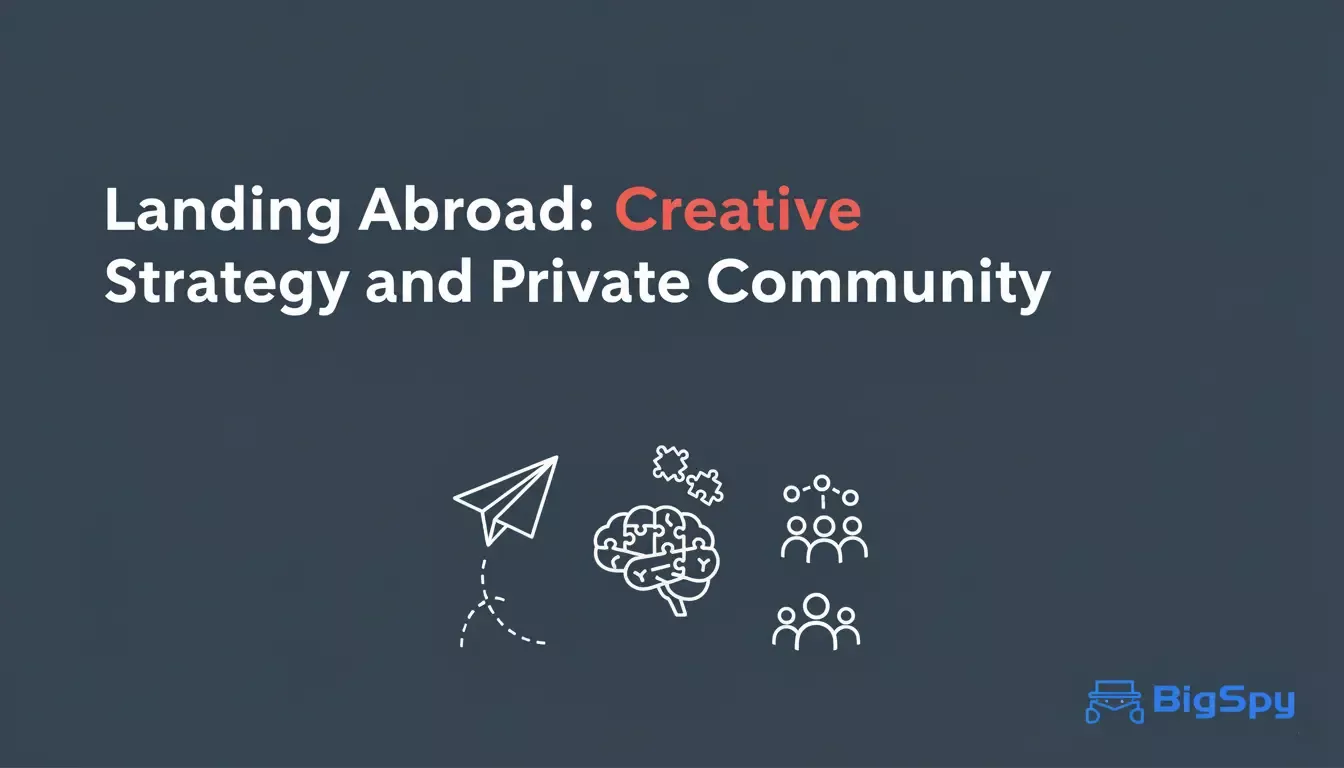
.webp)
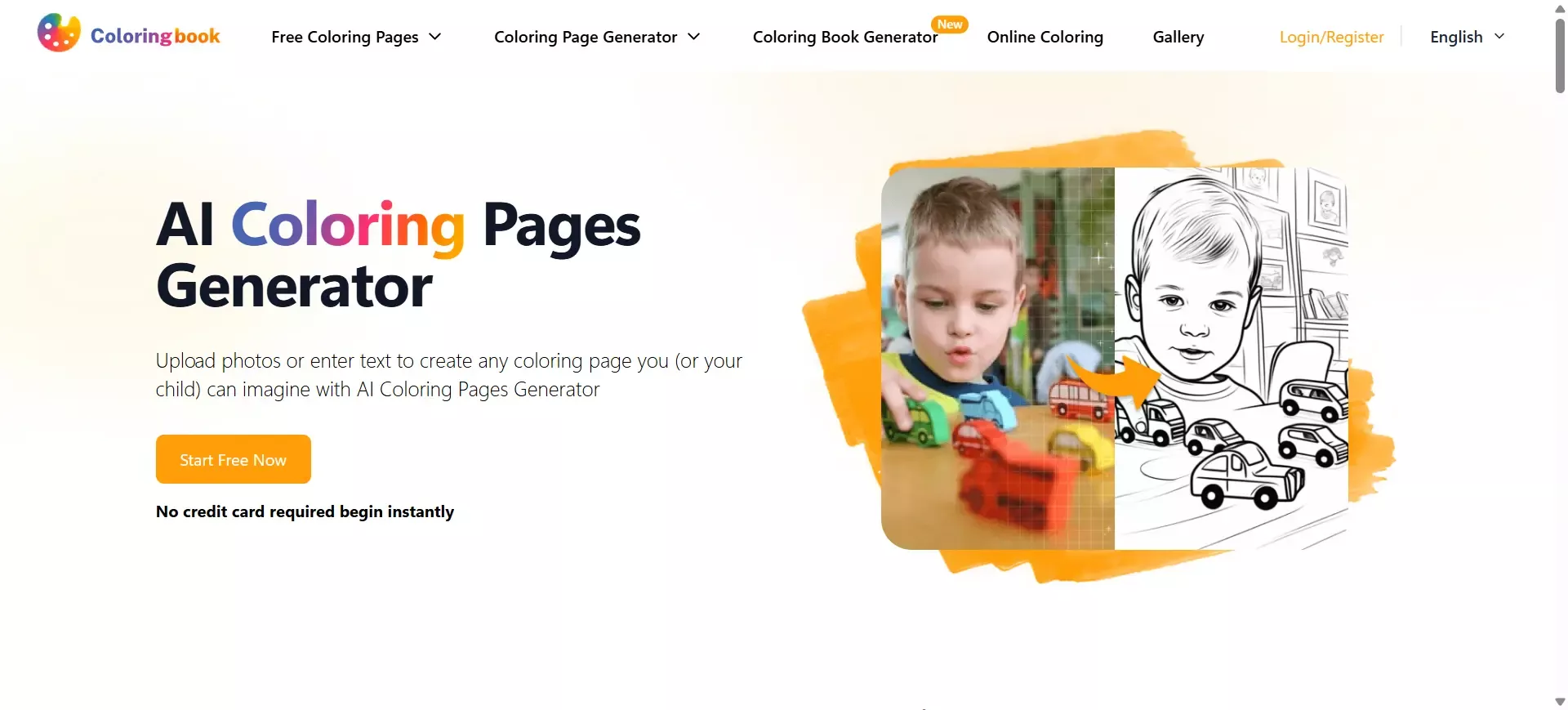
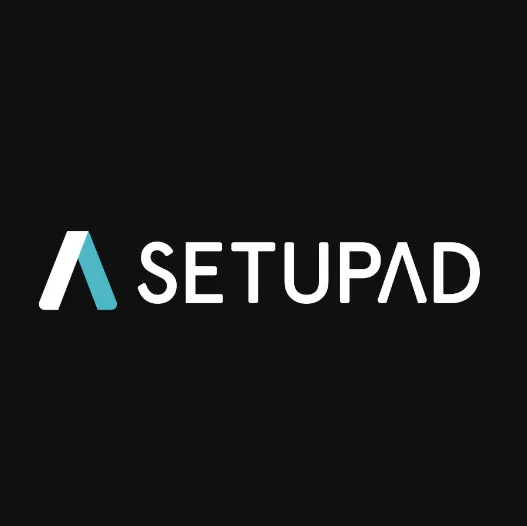

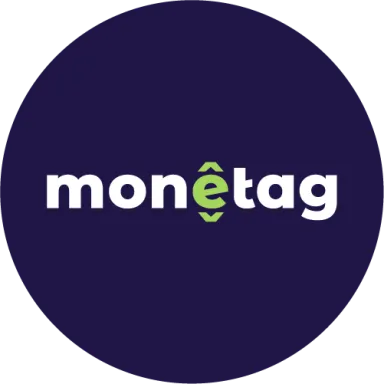

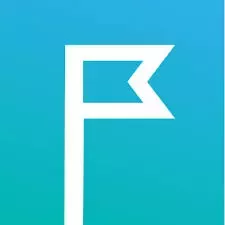
 (1).webp)
